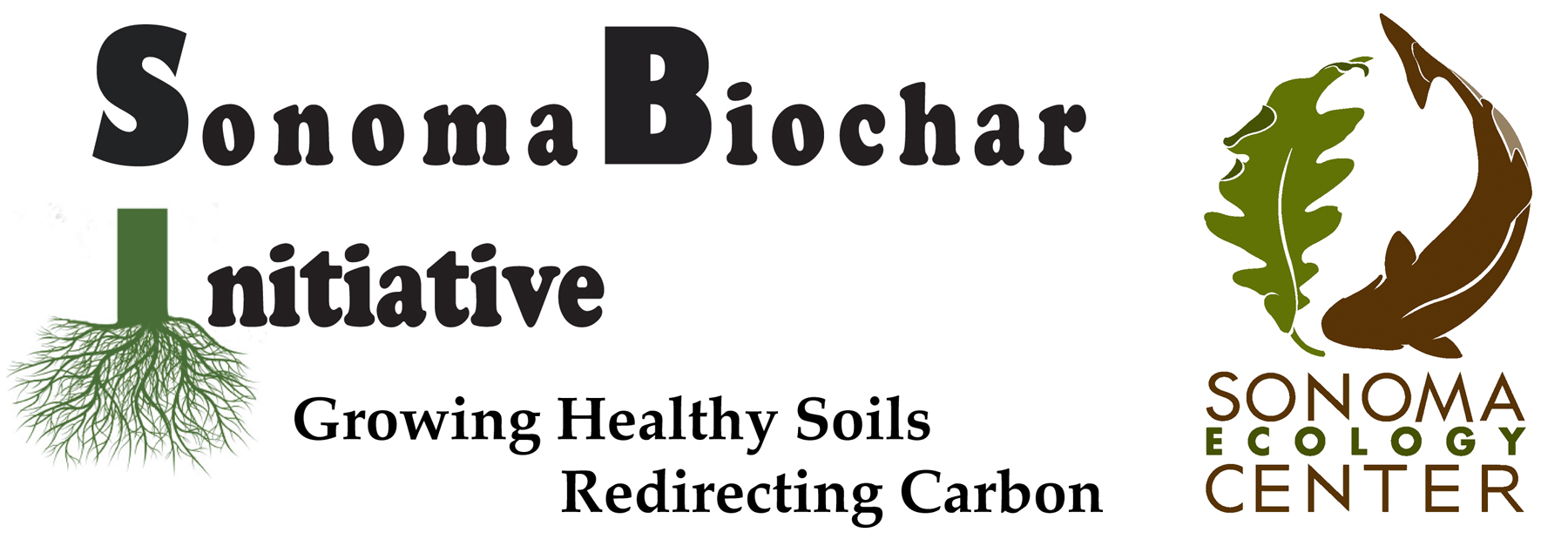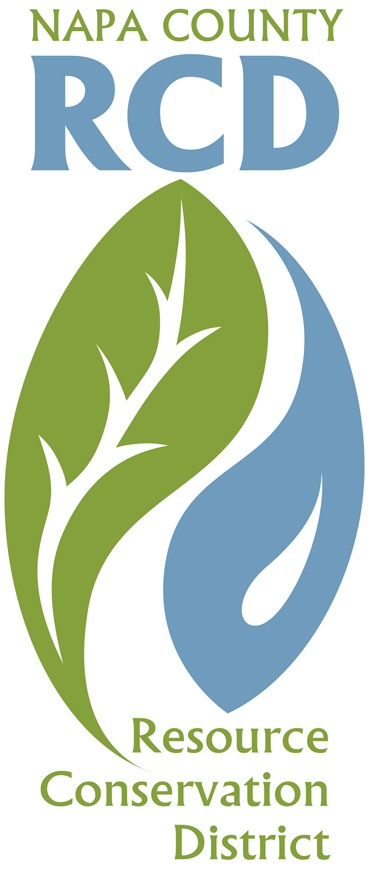Closing the Circle:
Linked Responses to California’s Critical Environmental Challenges
David Morell, PhD
California faces three difficult environment-based challenges: continuing water shortages and ever-higher costs; risks of massive forest fires associated with millions of dead trees caused by the drought and its related bark beetle infestation; and ongoing need to increasingly reduce CO2 and other greenhouse gas emissions in response to climate change imperatives.
It sounds daunting; but an efficient new integrated response to these related challenges is now available: biochar.
Biochar is a specialized form of charcoal made at high temperature in a low oxygen environment (a process termed “pyrolysis”). Combined with compost or similar nutrients, biochar has been demonstrated to retain soil moisture, improve soil health, increase soil organic matter, expand crop yields, and sequester carbon safely for decades or longer.
Using biochar as a soil amendment in California agriculture can save millions of acre/feet of water saved every year. This is true for the state’s almond, walnut, and citrus orchards, vegetable fields, vineyards…across the board. Research efforts and field demonstrations document significant savings —sometimes more, sometimes less, with variations due to soil conditions, crops being grown, historical farm practices, and irrigation techniques.
Saving that much water will allow farmers to save many millions of dollars. New financial instruments can be designed to allow eligible farmers to cover the costs of applying biochar to their farm’s soil over 10 years or so out of money gained by their water savings. Loans could be guaranteed by the state’s new Water Bond or AB 32 funds.
Where can we obtain all this new biochar? At what cost? Here’s where the forest challenge comes in and we begin to close the circle, since the biochar can be created from the millions of dead trees in California’s drought-ridden forests. A few of the state’s dozen or so existing biomass-to-energy facilities can be readily converted make biochar rather than wood ash while still producing heat and energy from the woody biomass. One such facility in Northern California has already been converted —it is now producing high-quality biochar that is being made available to farmers at prices impossible before: less than $100/cubic yard delivered to local farms.
These facilities face closure as their electricity sales contracts come to an end; biochar sales can play a role in helping to sustain them, retaining their highly skilled operators. Using dead and dying trees in this way allows us to thin the state’s forests carefully, thereby greatly reducing forest fire risks. At the same time, many new jobs will be created in rural areas. (As for cost concerns, California has spent over $3 billion in recent years fighting these fires, and that’s not counting the costs to devastated communities.)
Finally, there’s climate change. California already leads globally in creating renewable energy supplies (solar, wind, and geothermal), encouraging energy conservation in residential and commercial buildings, and creating appropriate legislative incentives: AB 32 and Sonoma Clean Power are two excellent examples. While these initiatives all help reduce new carbon emissions into the atmosphere, moving us towards “carbon neutral”, none of them work to remove carbon from the atmosphere by placing carbon underground, an action that is truly “carbon negative.” Using biochar in California agriculture does just this, burying thousands of tons of elemental carbon in the ground for decades, where it will save water while reducing forest fire risk. Now the circle is truly closed, proving once again the classic ecological principle that all systems are linked to one another in nature.
Happy Earth Day 2016.
Dr. David Morell is Vice Chair of the Board of Directors and Treasurer of the Sonoma Ecology Center, where he directs the organization’s biochar activities including the Sonoma County Biochar Project.


Comments are closed